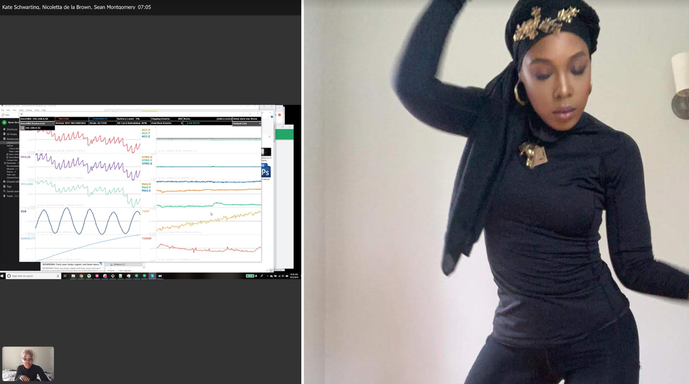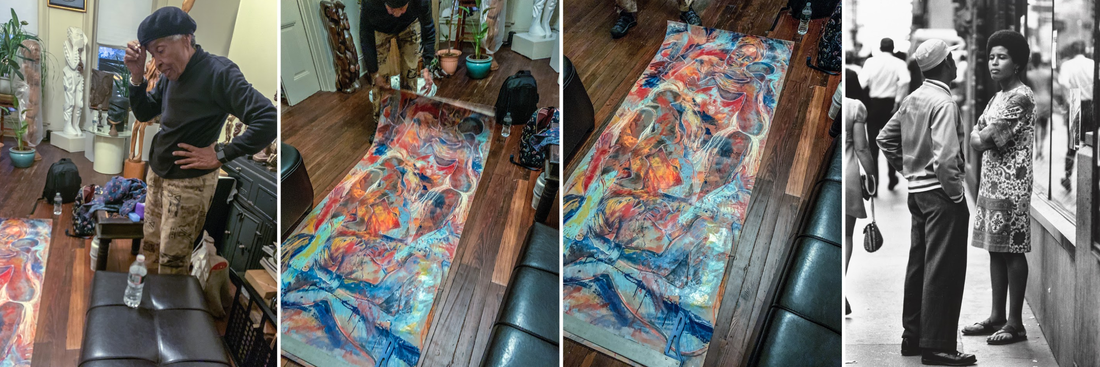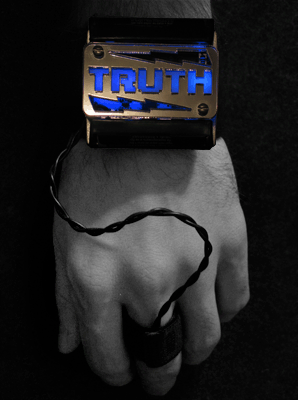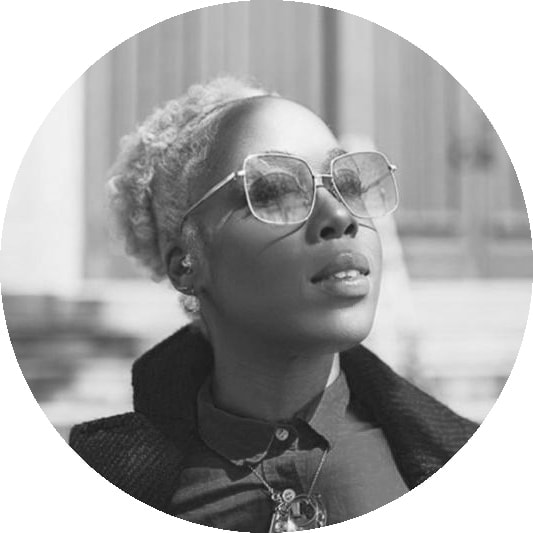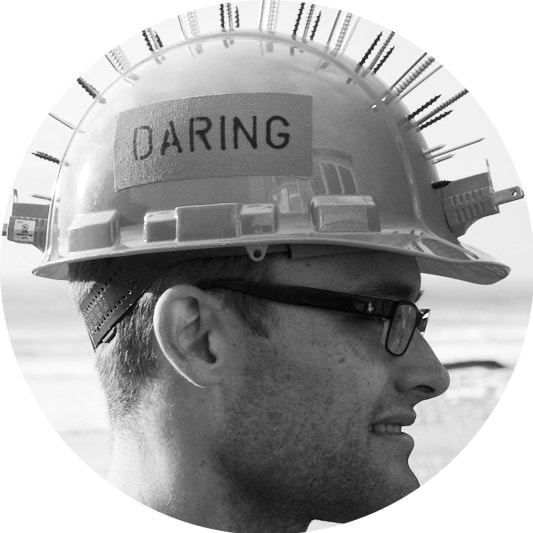|
Nicoletta
This week I had a wonderful meeting with my partner Sean! We talked about ways to collaborate. We discussed all the potential. Here are some questions I am pondering as I think about next steps:
I am looking forward to experimenting with EmotiBit and allowing the answers to flow.
I spent time researching and getting inspired by works of art and artists. I was invited to a pre-exhibition preview at the Walters Art Museum: "Art of Designing the New: Charles Rennie Mackintosh and the Glasgow Style." This is the first U.S. exhibition in a generation to highlight the architect and designer’s innovative work, and explores the larger circle of artists with whom he collaborated.
I enjoyed looking at the beautiful Art Nouveau and Art Deco Objects. I am inspired by the elegant lines, implied movement, the female form, structures and materials. I am thinking about how I want to evolve my performance practice. I am thinking about what role environment plays in my work as an artist.
I spent an evening with one of my mentors Valerie Maynard. As a leader in The Black Arts Movement her work has been exhibited throughout the United States, in Sweden, Lagos, and Nigeria. Sitting with her in her home/studio with my oldest son is powerful for me. She talked to him about her friends like Toni Morrison. She talked about a piece she made for Stevie Wonder. She showed us new sculptures she’s working on. She shared her excitement for her upcoming exhibition. I paid close attention to how I felt in her space. I reflected on how her work, her stories, her spirit affected me. My son pointed out that we appeared at times to be synchronized. Our actions became the same, she began to move like me, I began to speak like her. He found it fascinating to see how sharing space with someone can shift behavior and how elevated I felt after we left. He too felt very energized and inspired after our visit.
Valerie has known me since I was 16. She taught me to see myself, and my value as a beautiful black woman. As an artist, she taught me how to sculpt the magnificent female form in wood. As a Negrita, Afro-Latina, I embrace everything that I am. Art is how I communicate. Art is how I connect with others. Art is how I share myself with the world.
One of my takeaways from the week is connection. Art connects us. Connection is invaluable, and a core part of our experience as human beings. Our emotions help us navigate in the world. Since we are multi-sensory beings we are constantly processing information gathered, and responding to feelings, with our bodies.
Sean
I had a wonderful conversation with my partner Nicoletta this week, talking about her practice and how she utilizes space and movement to create connections with, and sometimes release intense emotions from her audience. I immediately began thinking about how sensing physiological signals from the body with EmotiBit could facilitate and potentially help understand that connection. How signals from the body can enhance human connectedness is something I’m passionate about and is the topic of a chapter I recently co-wrote with Suzanne Dikker and Suzan Tunca published in Anton Nijholt’s book Brain Art. In the coming weeks, I hope to delve deeper into the different ways that signals from the body can be, and have previously been, used through artistic practice to enhance and understand human connection, but this week I got to thinking about one of the physiological signals that particularly lights up my truth.
What’s cool about EDA is that it’s super dialed in to your emotional responses. Although EDA by itself doesn’t separate positive emotions (e.g. excitement) from negative emotions (e.g. fear or anger) and it can be altered by physical stimulation and activity, it strikingly reflects emotional activation in a moment by moment way. Note how my brother’s EDA responses in the above video typically follow my questions by 1-2 seconds and tend to elicit bigger responses the more intimate the questions get. I like to say that the Truth Wristband measures the truth of the question whether or not you choose not to answer it.
After creating the Truth Wristband a decade ago, I’ve since worn it to parties and pubs around the world. Welling up from those experiences (and some interesting stories) I’ve been getting a feeling of excitement this week when I think about bringing EDA to my exploration with Nicoletta and it definitely gets my truth lit up!
0 Comments
Leave a Reply. |

